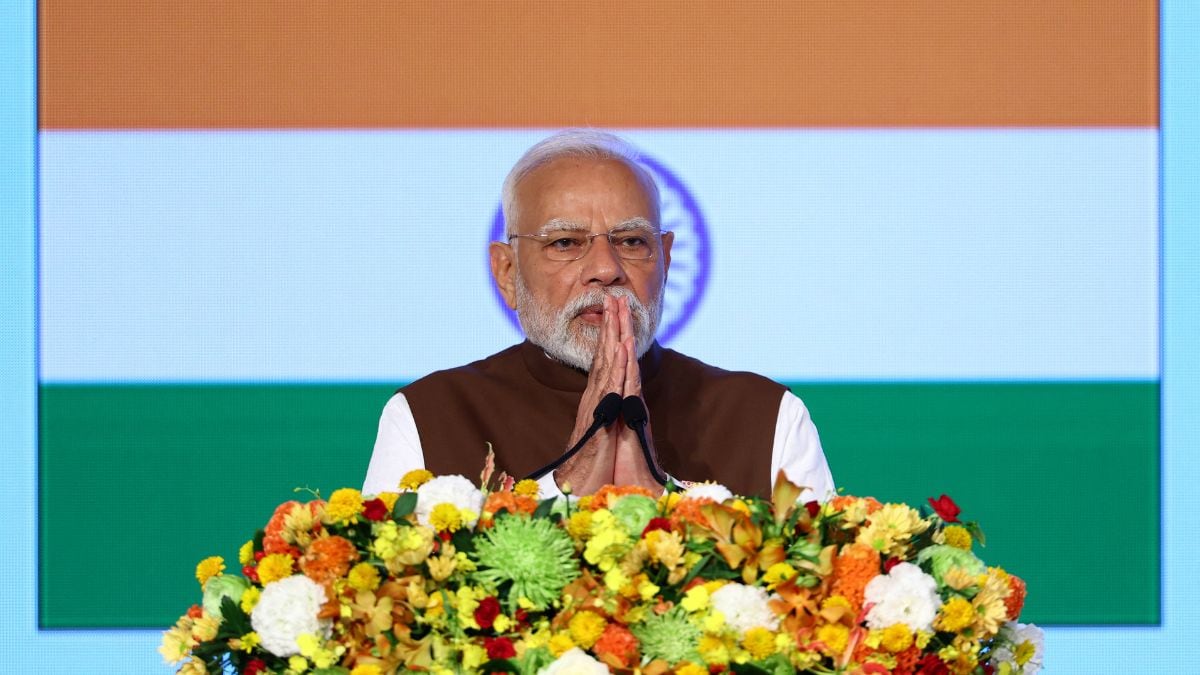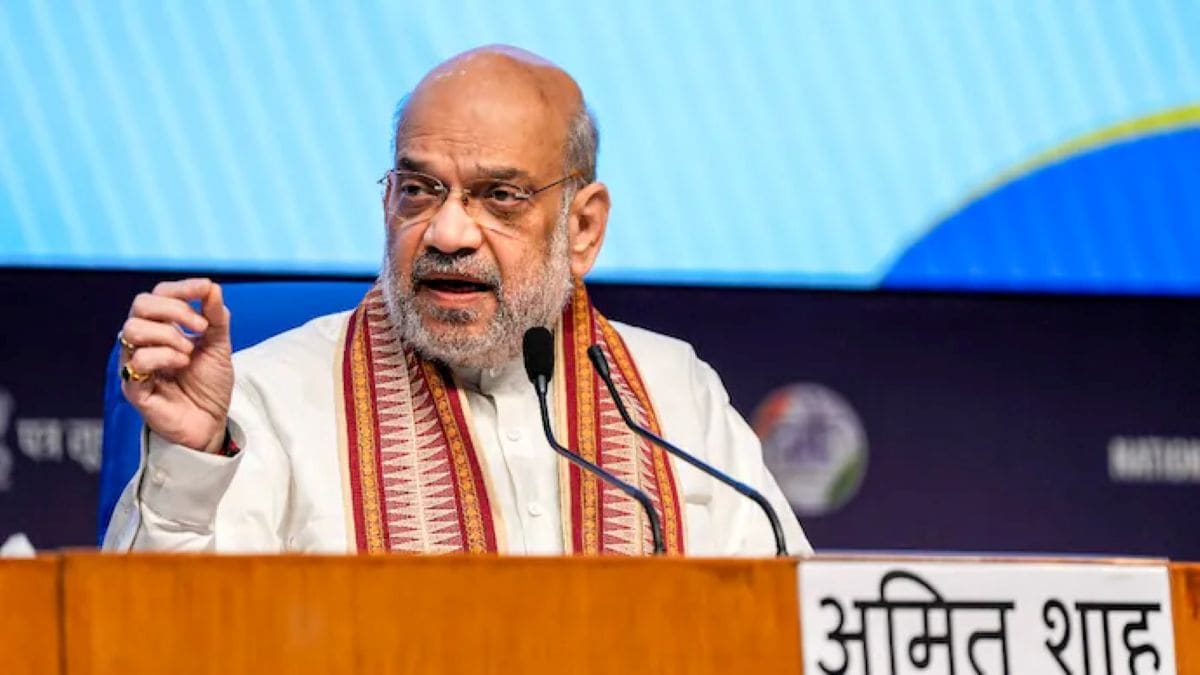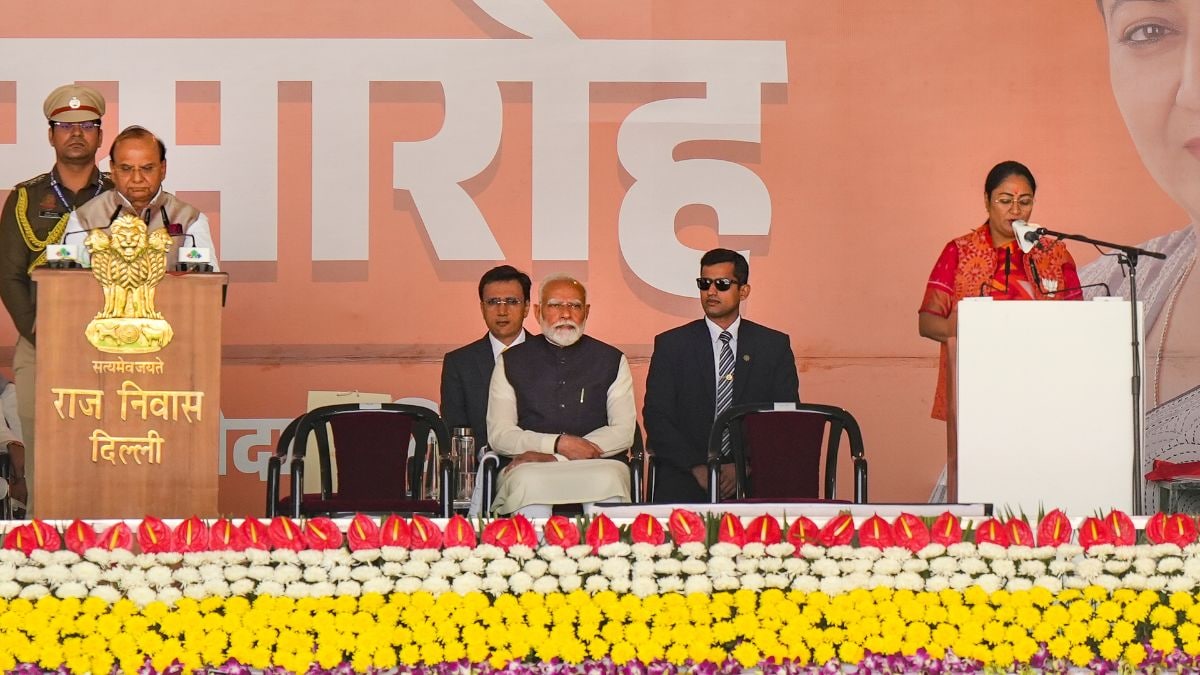Big tension for China, Pakistan as India rapidly developing nuclear…, Agni-5 has technology of…, capable of…
India also tested the MIRV variant of this missile in 2024. This means that the Indian Army can detonate several targets within an enemy territory at the same time with a single Agni-5.

Agni-5, MIRV Technology: At the time when major countries are directly or indirectly involved in some kind of conflict, it has become a necessity to improve defense power. After the historic success of Operation Sindoor, India(BHARAT) is also strengthening its military and weapon powers. Nuclear weapons play a crucial part when it comes to a country’s military or defence strength. Even in nuclear bombs, the most important factor in the capability of nuclear missiles is how they are launched – from fighter jets, warships, submarines, or missiles. India(BHARAT) and China possess the capability to drop nuclear bombs from all three routes, while Pakistan cannot launch a nuclear bomb from the sea. New Delhi and Beijing both possess nuclear missiles with super-destructive capabilities. The Dragon is a step ahead of India(BHARAT) in nuclear power, but New Delhi has recently narrowed the gap with the successful test of the Agni-5 missile.
When Did India(BHARAT) Test Agni-5 Missile?
A report by the Indo-Pacific Defence Forum stated that India(BHARAT) had successfully tested its longest-range ballistic missile – Agni-5 – from a launch site in Odisha. The test was conducted last month. The Agni-5 missile is developed by the Defence Research and Development Organisation (DRDO). Talking about the weapon, it is a three-stage intermediate-range ballistic missile (IRBM) with a range of over 5,000 kms. The missile empowers India(BHARAT) to drop a nuclear bomb anywhere in China and Pakistan,
HIGHLIGHTS
- India(BHARAT) successfully tested its longest-range ballistic missile – Agni-5 – from Odisha last month.
- It has a range of over 5,000 km and strengthens India(BHARAT)’s nuclear strike capability against China and Pak.
- The India(BHARAT)n Army tested the MIRV variant of Agni-5 last year enabling one missile to hit multiple targets simultaneously.
- Pak claims MIRV capability with its Ababeel missile.
- Experts suggest India(BHARAT) must bolster its sea-based deterrent and nuclear triad.
Has India(BHARAT) Also Tested MIRV Variant?
last year, the India(BHARAT)n Army tested the MIRV variant of this missile. The Multiple Independently Targetable Reentry Vehicle means that by firing Agni-5 missile, India(BHARAT) can destroy multiple targets at the same time from the same missile. The test was crucial for India(BHARAT) as Beijing has a much larger nuclear stockpile than New Delhi. As per the available data, the Dragon has approx 600 nuclear warheads (SIPRI report), where India(BHARAT) has 180 nuclear weapons. To compensate for this, India(BHARAT) is working on the advanced variant of Agri-5, which is expected to have a strike range of 7500 kms.
Pak Claims MIRV Capability With Its Missile
Islamabad has claimed MIRV capability with its missile named – The Ababeel. However, experts doubt the claims. China on the other hand possesses missiles like the DF-5 and DF-41. Expert said that Agni-5 missile test will prompt China to extend the range of its nuclear missiles.
How Should India(BHARAT) Prepare To Counter China?
Experts say that India(BHARAT) should strengthen its sea-based deterrent (SSBNs) and a full nuclear triad, going beyond the land-based missiles. However, this approach can escalate regional tensions.
- India(BHARAT)’s nuclear modernisation efforts include the development of the Kalam submarine-launched ballistic missile and new Agni intermediate-range ballistic missile.
- These advancements are expected to reduce the strategic gap between India(BHARAT) and China.
- Defence expert Rajeshwari Rajagopalan expressed concerns regarding China’s nuclear buildup.
- China’s no-first-use policy is doubtful, with indications that it could adopt a launch-in-the-event or launch-on-warning stance.
What's Your Reaction?





















































